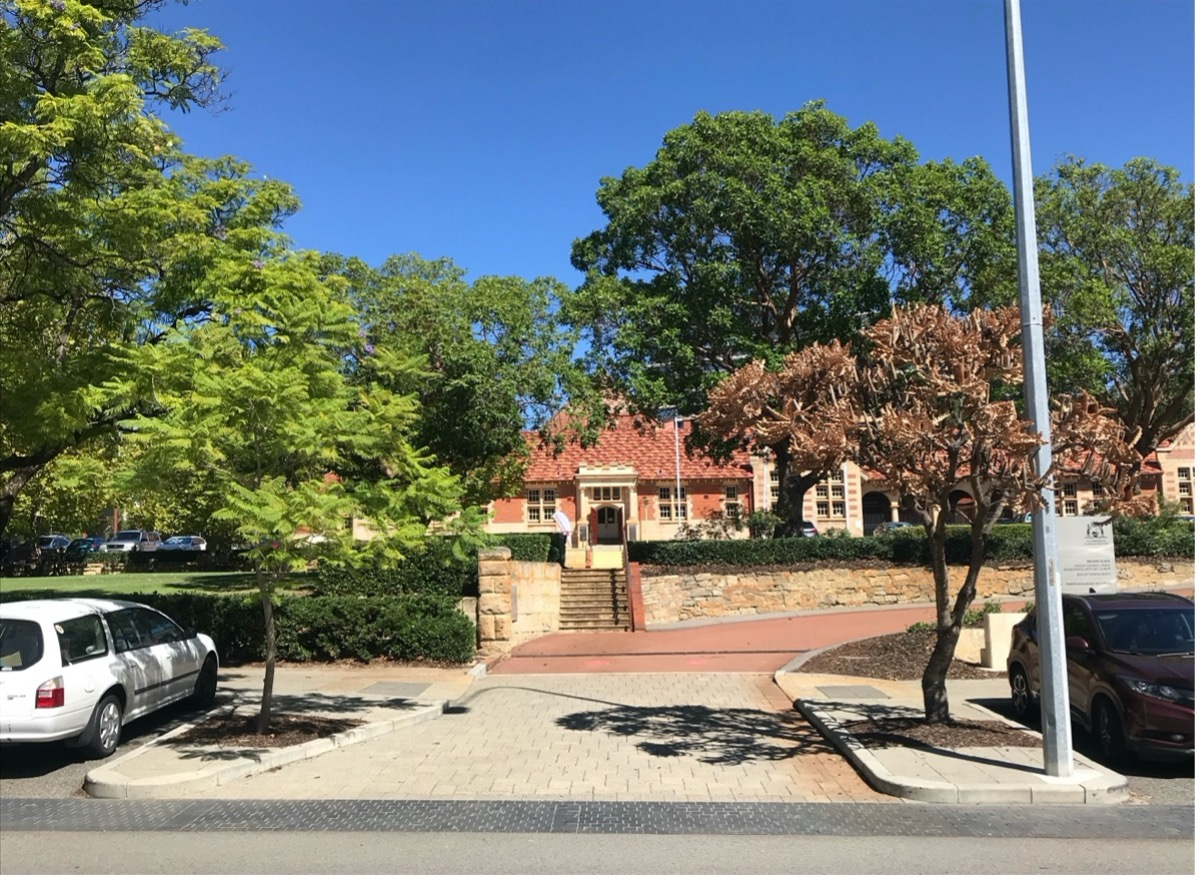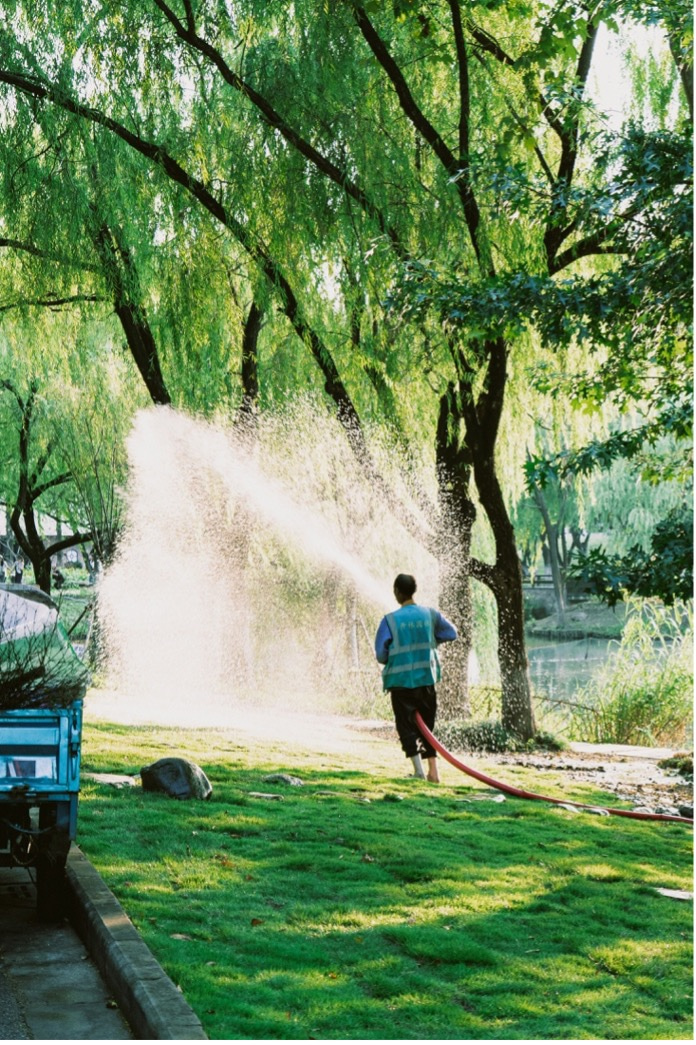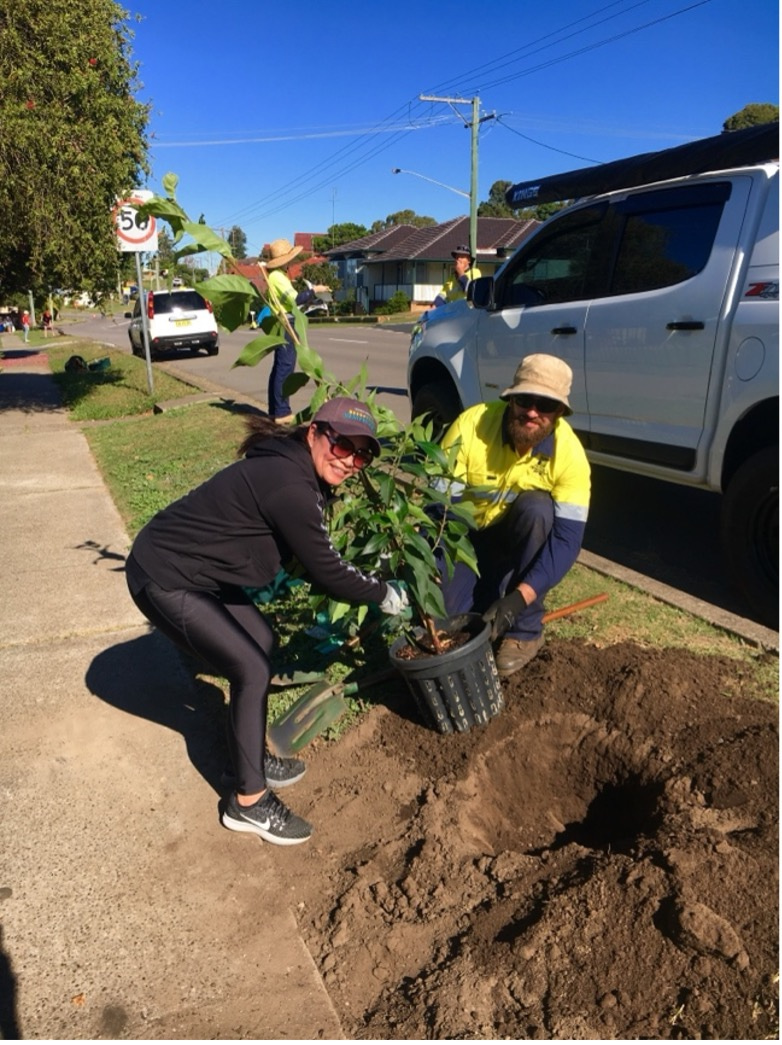Barriers and opportunities for resilient and sustainable urban forests
Published in Earth & Environment and Ecology & Evolution
Climate change and urbanisation are reshaping cities, exposing them to compounding hazards and exacerbating heat impacts. While many cities possess resources to adapt, designing resilient urban environments remains challenging due to accelerating climate change, increasing biotic risks, and rapid urbanisation. Urban forests are widely used as a nature-based solution to mitigate the impacts of climate change, while contributing to sustainable urban development and improving human health and well-being. However, these forests are vulnerable to climate change and other stressors, potentially leading to increasing stress in trees or their mortality.
To achieve resilient and sustainable urban forests, we must first understand the environmental and social processes that support or threaten their survival. Our review outlines a path towards urban forest resilience by examining four key barriers: species selection, tree supply, tree life cycle management, and community engagement. These factors significantly impact the survival, growth, and long-term health of urban forests and determine the success of urban forestry programs. The review also explores the limitations and opportunities presented by ongoing and emerging technologies in overcoming these barriers.
Using species selection to create a diverse tree community
Urban greening projects face challenges in selecting resilient species suitable for current and future conditions. While stress-resilient trees are desirable, their selection may lead to unwanted consequences such as reduced species diversity and increased biotic homogenisation. Maintaining a diverse urban flora is crucial as it supports a wider range of ecosystem services, enhances resilience to environmental changes and disturbances, and provides varied habitats for urban wildlife. To address this, strategies should aim to maintain or increase diversity in the functions or ecosystem services that trees provide.
Promoting a wider range of thriving species in changing conditions requires policy redirection at various levels to guide professionals and consumers towards selecting new or under-utilised tree species. This may involve education programs or incentives for property owners and residents. A holistic approach is needed, integrating resilience and diversity into urban design and decision-making. Additionally, incorporating traditional and Indigenous knowledge into forest species choice can – when done well – enhance social connection and sense of place in urban greenspaces.
 Photo credit: Manuel Esperon-Rodriguez
Photo credit: Manuel Esperon-Rodriguez
Adequate tree supply for diversity and resilience
The availability of suitable tree species in nurseries is a significant barrier to urban forest sustainability. Nurseries often struggle to meet the demand for specific species in urban greening projects, grappling with meeting both their quantity and timing of production and delivery. While nursery growers recognise their role in adapting to climate change, they face challenges that need to be overcome in rapidly adjusting their stock to meet changing environmental conditions.
Expanding species diversity in nursery production is necessary but comes with obstacles. These include long production times for new species, economic risks associated with uncertain demand, knowledge gaps about less common species' biology and maintenance, and uncertainties about how new species will perform in urban conditions. To overcome these barriers, nurseries require access to new research on tree species that can adapt to future urban stresses, enabling them to diversify their stock while minimising risks.
Photo credit: Sukriti Shonek (https://unsplash.com)
Ensuring a successful tree life cycle
Urban tree management faces significant economic challenges, competing for limited budgets with other urban services. Many cities, especially those that are smaller or post-industrial, struggle finding funding for greenspaces, often lacking dedicated departments or staff for urban greening programs.
When developed, large-scale tree planting campaigns often focus on initial planting without adequate provision for long-term maintenance. Proper tree care, including pruning, mulching, and pest management, is essential but often overlooked. Irrigation, while crucial for tree establishment and resilience against climate extremes, poses sustainability challenges in water-scarce regions. Cities must balance water efficiency with innovative solutions like passive stormwater capture or wastewater recycling for irrigation. Additionally, some cities need to consider greenspace design for flood risk reduction. To be successful, urban forestry requires comprehensive, long-term strategies that address both initial planting and ongoing maintenance needs of trees.
 Photo credit: Patricks Guo (https://unsplash.com)
Photo credit: Patricks Guo (https://unsplash.com)
Community engagement and access to resources
Urban tree canopy distribution is often uneven across cities, resulting in a "luxury effect" where certain neighbourhoods have more greenspaces and tree cover than others. This inequity is exacerbated by various factors limiting access to greenspaces, such as inadequate public transportation, restricted access, urban sprawl, or safety concerns. The uneven distribution leads to disparities in recreational opportunities, environmental benefits, and human health outcomes associated with urban forests.
Moreover, the quality and maintenance of urban forests vary within cities, with disadvantaged neighbourhoods often experiencing neglected or poorly maintained greenspaces. Urban revitalization efforts can improve green infrastructure; however, they may also lead to gentrification, potentially displacing low-income residents and further amplifying inequities in environmental service provision, including shade and cooling. These issues highlight the complex relationship between urban forestry, social equity, and community well-being in cities.

Photo credit: Manuel Esperon-Rodriguez
A path towards resilient and sustainable urban forests
Resilient urban forests require comprehensive and well-funded management plans that promote species diversity, integrate native and exotic trees, consider site conditions, and address socio-ecological inequalities. Success depends on collaboration among stakeholders and a shift from large-scale planting campaigns to locally focused outcomes. Thus, an integrated urban forest resilience framework is essential. This includes developing diverse, stress-resilient species portfolios based on climate projections and local knowledge. Emerging technologies like AI can aid in species selection and for tree monitoring, including condition and health. Sustainable tree supply from nurseries is crucial, requiring high-quality production standards and partnerships among governments, nurseries, and researchers.
Innovative establishment, maintenance, and monitoring strategies are needed to ensure urban tree survival. Long-term monitoring when accompanied by robust and accessible record keeping can identify best practices and vulnerable areas. While solutions vary by location, integrating these insights into urban planning, along with collaborative and equity-focused policies, will contribute to creating more resilient, sustainable, and liveable cities.
Reference: Esperon-Rodriguez, M., Gallagher, R., Calfapietra, C. et al. Barriers and opportunities for resilient and sustainable urban forests. Nat Cities (2025). https://doi.org/10.1038/s44284-025-00212-2
Follow the Topic
-
Nature Cities

This journal aims to deepen and integrate basic and applied understanding of the character and dynamics of cities, including their roles, impacts and influences — past, present and future.



Please sign in or register for FREE
If you are a registered user on Research Communities by Springer Nature, please sign in